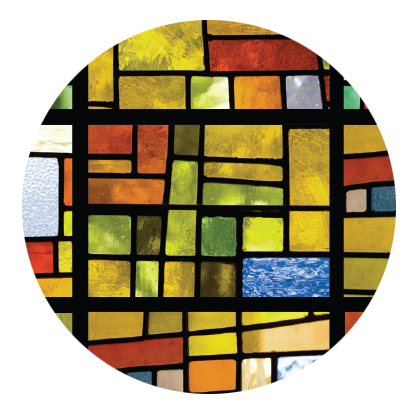Today I Am a (Learned? Committed?) Jewish Man


B ar mitzvah celebrations are occasions of great joy but are they good for the Jews?
There are three different types of bar mitzvah occasions: Type I — the young man who has been studying Mishnah and Gemara for several years and is a budding Torah scholar flawlessly reads the entire Torah portion and then at the reception conducts a siyum on his completion of all Six Orders of Mishnayos and delivers a complex halachic discourse. This type is not uncommon in Orthodox circles in Israel.
Type II takes place in Diaspora Jewish communities. If he is a day-school product he reads all or part of his Torah portion and leads in the davening. Occasionally he will conduct a siyum on a tractate of Mishnayos. He will very likely go on to a Jewish high school and then to a secular university after which he will generally maintain a basic Orthodox lifestyle as an adult.
Type III is also in the Diaspora: After many months of private bar mitzvah tutoring the young man gallantly manages to read the haftarah ever so haltingly on his bar mitzvah Shabbos. At this type they mention how well he read the haftarah after which the bar mitzvah boy proceeds to the lavish reception and begins counting his presents. This Type III is the typical bar mitzvah routine of non-yeshivah-trained Diaspora bnei mitzvah.
Most of the bar mitzvah celebrations taking place in Jewish communities belong to these last two types and these worlds are what primarily inspire this column.
The awful truth is that in the typical Type III bar mitzvah and often in Type II as well the boy has no idea of what he has read. It is only after incessant drilling that he has learned to chant the Hebrew of his haftarah. What remains with him is the painful memory of learning to wrestle with a mumbo-jumbo text and the sense of relief at not having to do any more Jewish studying. He has graduated.
A radical proposal applicable to Type III but also to Type II: Leave the haftarah to the baal korei and let us direct the young man into something more pleasant lasting and worthwhile for him. Why not take advantage of this high-octane year to produce high-octane young men? Instead of expending all that time and energy in learning the haftarah or even learning to read a part of the weekly portion let him spend the months of private tutoring on topics that will be meaningful to him and will help him grow as a Jew. (Underscoring the powerful influence of a private tutor is the recent article in Mishpacha Issue 684 which refers to private tutoring as possibly “the next frontier in Jewish education.”)
For example spend the tutoring time exposing him to some of the major commentators on the Torah. Let him experience the clarity of a Rashi the depths of a Ramban the subtleties of a Seforno. Let him learn Mishnayos with the goal of conducting a siyum at his bar mitzvah — on either an entire tractate or even one or two chapters. In addition introduce the boy to Rambam’s Mishneh Torah and offer him a taste of Ramchal’s Mesillas Yesharim as well as some fundamental principles of Jewish belief.
Even top bar mitzvah boys have little familiarity with the concepts of Torah min haShamayim Torah shebe’al peh s’char v’onesh Rambam’s Thirteen Principles. Such a private curriculum using the excellent texts available today for teachers and students could become the bedrock of knowledgeable committed and believing Jewish adults. If all of this were to be followed by an examination certifying that he is ready to become a full member of the Jewish People this crucial rite of passage could develop into a time of deep meaning instead of the charade that marks too many of today’s bar mitzvah celebrations. (Even the relatively advanced Israeli Orthodox boys could profit by learning the fundamentals of Jewish belief.)
Perhaps the time has come for synagogue rabbis and Jewish schools to work towards creating a Type IV. Are there synagogues and schools ready to reject the tried-and-failed old ways and instead pioneer new pathways to a stronger Jewish future? (Originally featured in Mishpacha Issue 688)
Oops! We could not locate your form.






